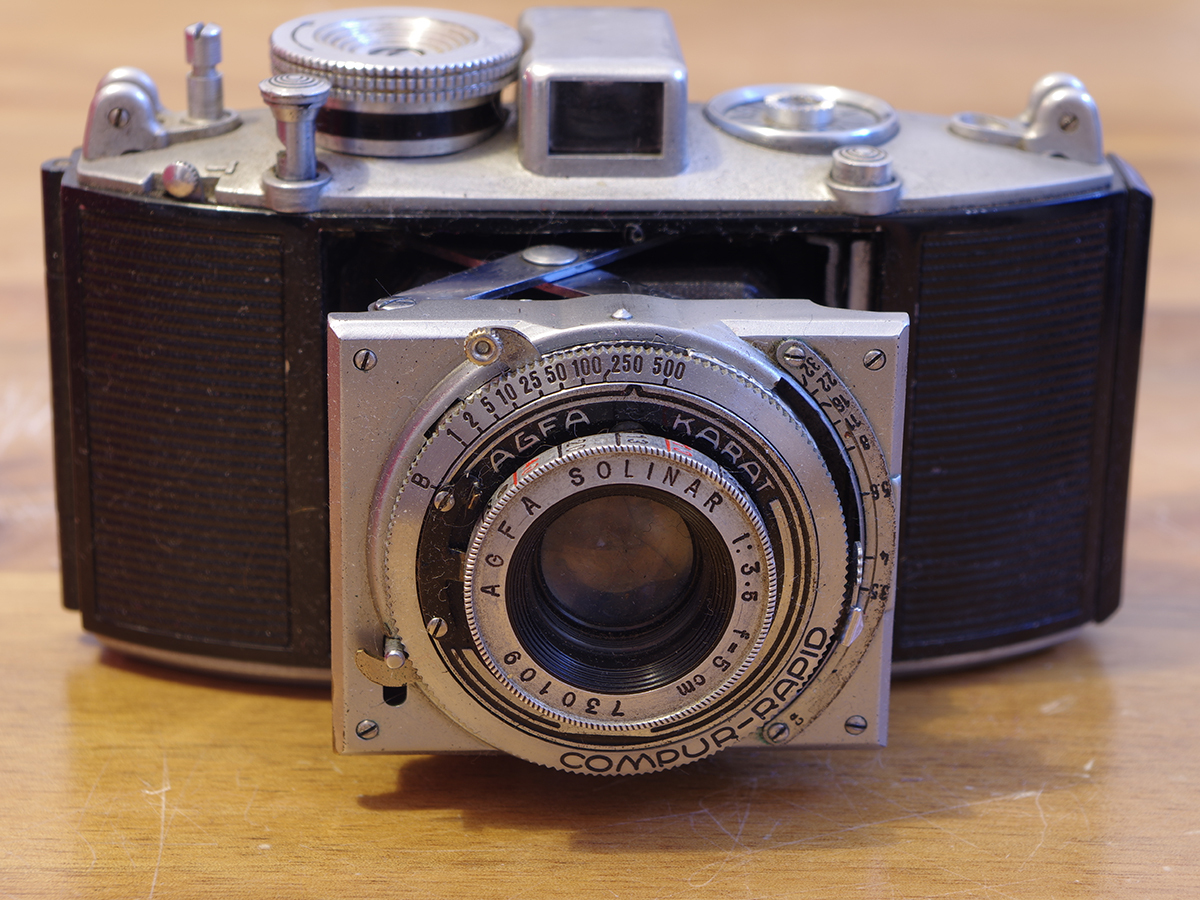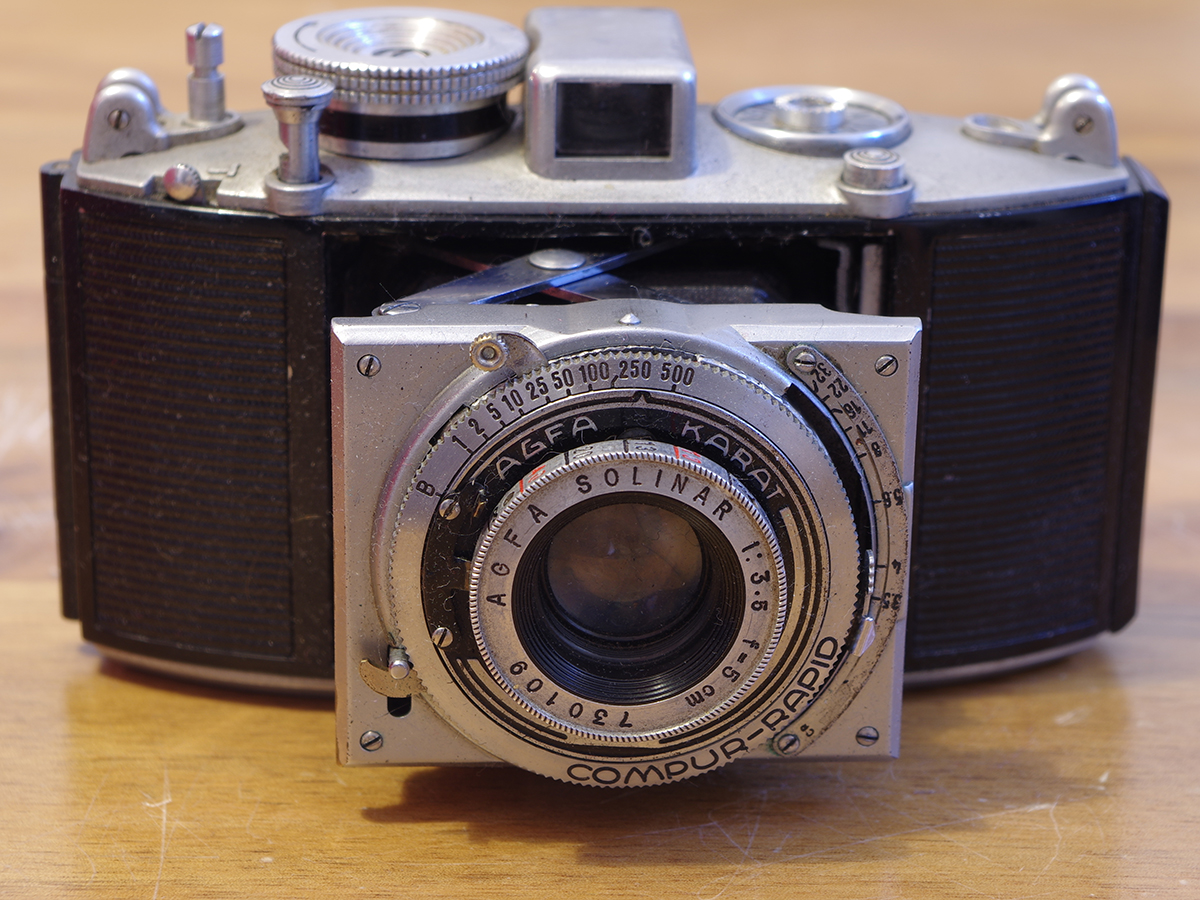Pentax K-3 II review
The K-3 II is unapologetically different from most cameras, for better and worse
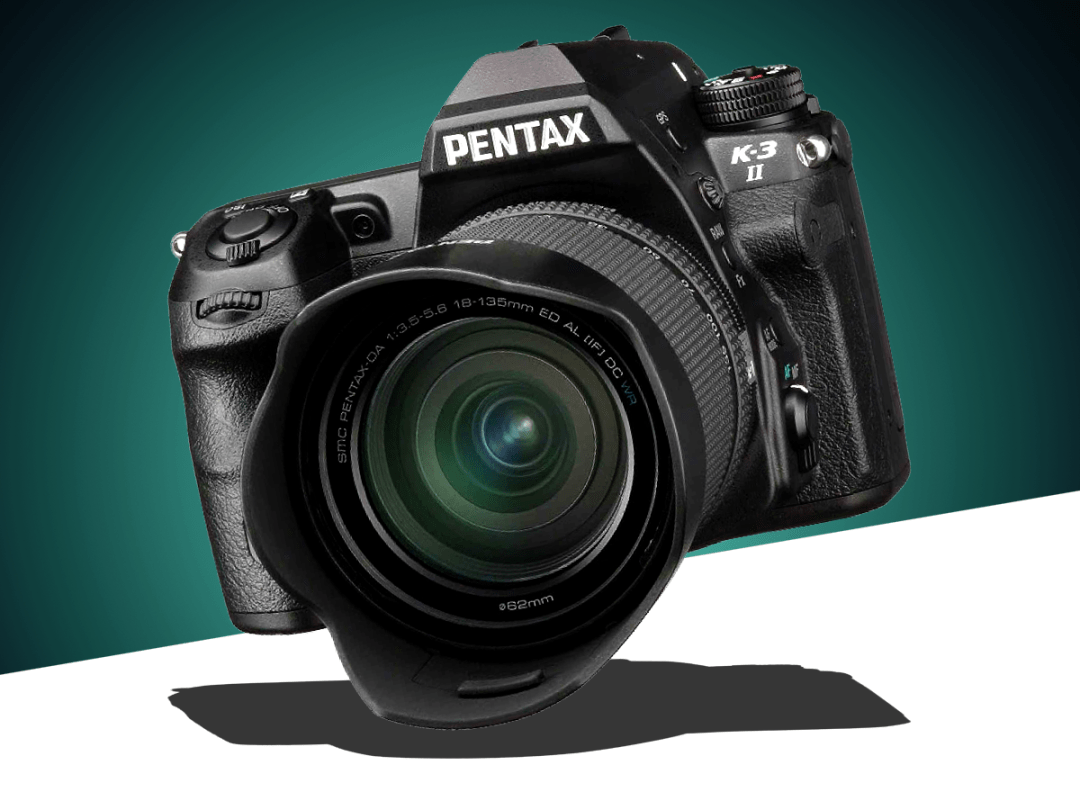
There’s a lot to be said for doing things differently, but it can also be a risk – and nowhere is that clearer than with the Pentax K-3 II.
While Canon and Nikon’s DSLRs offer much the same feature set and cater to the same needs, the K-3 II has a few options you won’t find elsewhere.
Star-chasers, for instance, will be delighted to see that it has a built-in astro-tracer. Outdoorsy types will get excited by its weatherproofing and built-in GPS tagging. Detail-addicts will marvel at its high-res pixel-shift mode, anti-alias-less sensor and comprehensive RAW options. Everyone will glory in its built-in image stabilisation.
Still, does this Pentax do enough to stand out from the photographic pack?
Ruggedly handsome
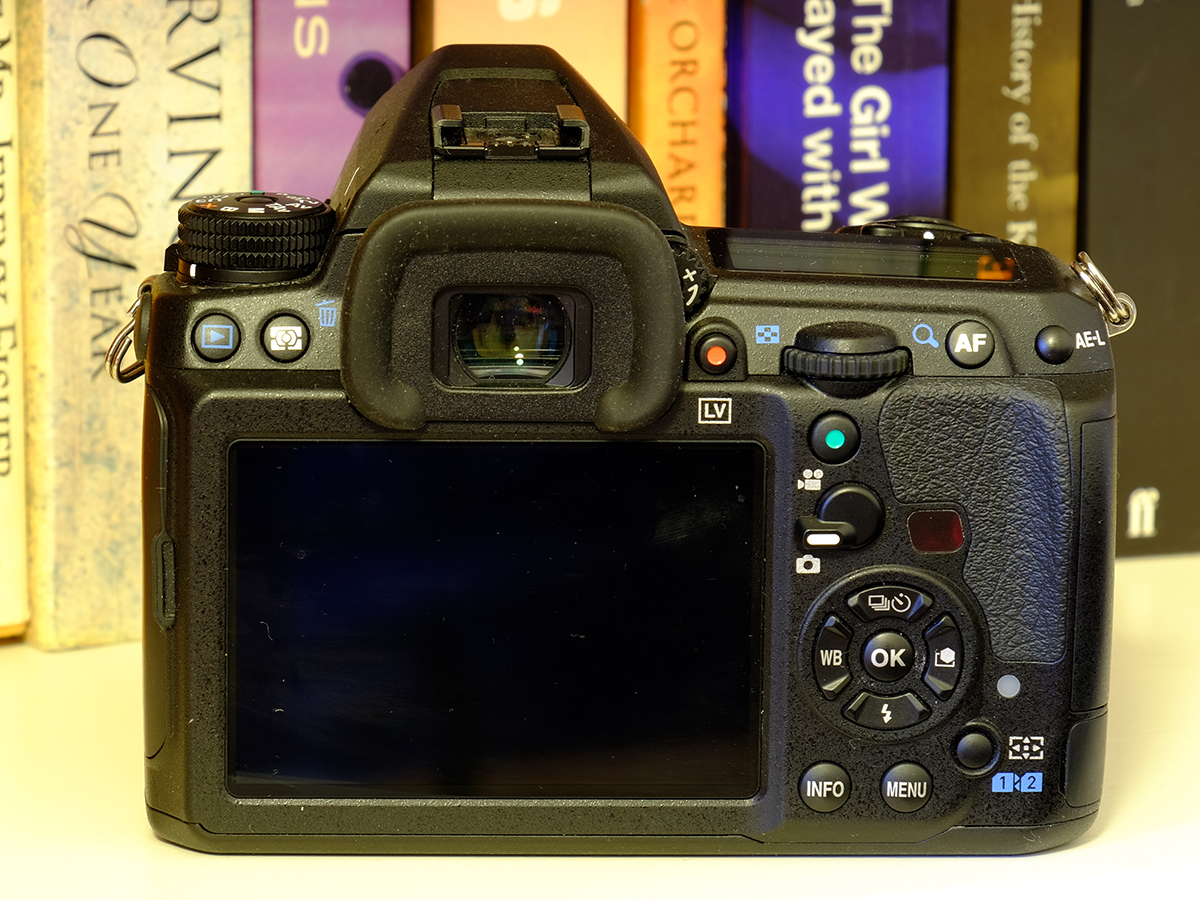
Like its predecessor the Pentax K-3, this is a superbly put together camera. Its body is made from magnesium alloy over a metal chassis and it’s reassuringly solid without being heavy. It’s also fully weatherproof, with 92 seals ensuring that you’re probably more at risk from rain, dust and cold than it is.
Just as importantly, the K-3 II is a lovely camera to hold and use. The deep grip probably won’t be to everybody’s taste but it sure makes it easy to pick up. It also has more buttons, dials and switches than the Millennium Falcon’s cockpit.
If you’re holding it in standard one-hand-on-the-grip-one-on-the-lens-mode, you’ll find that almost all of the controls are reachable without the need for any finger gymnastics.
Pentax gives you a sensible selection of them and some useful extras, too. How so? Well you’ll also find a button just for selecting RAW shooting mode – incredibly useful if you tend to shoot JPEGs but want to toggle RAW mode for just a couple of tricky photos before reverting afterwards. There’s also a GPS button and both buttons and switches for selecting focus modes.
It feels as if lots of thought has gone into the control system in order to make it as usable as possible – for instance the control dial is both lockable and unlockable. We’ve lost count of the number of times we’ve been left frustrated by lockable dials that you have to unlock every time you want to change a setting (we’re looking at you, Fujifilm X-T1) or that don’t lock at all.
The K-3 II can do either. There’s even a button for selecting which of the two SD card slots you want to view in Playback mode.
More megapixels, sir? › Canon EOS 5DS review
Cold to the touch
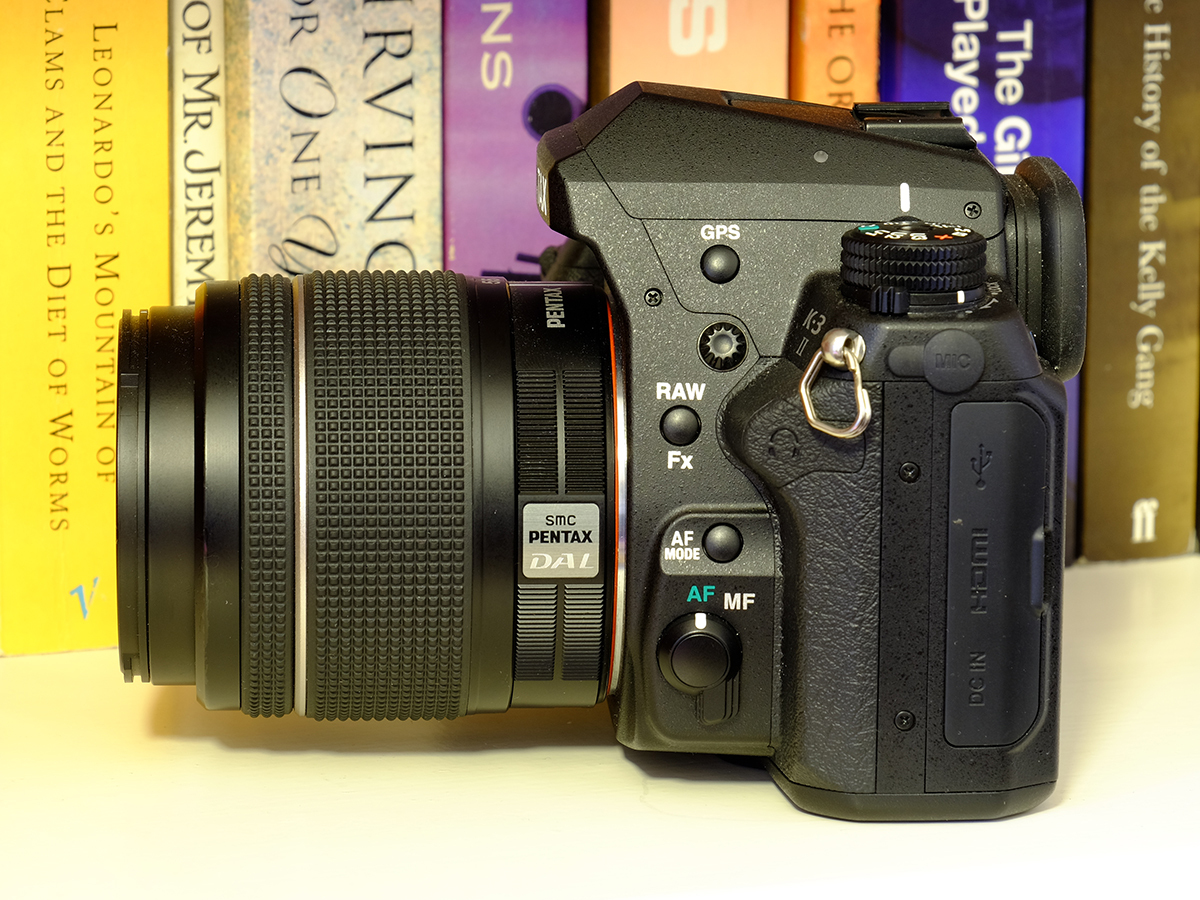
Is it a looker? Not really. But it does have a sort of rugged charm, thanks to the plethora of chunky bits sticking out of it to either house bits of tech or make it easier to handle. Think Daniel Craig rather than Ryan Gosling.
On the hardware front it’s a bit of a mixed bag (that’s the camera, not Daniel Craig).
The pentaprism viewfinder is excellent, with 100% coverage and 0.95x magnification, but the LCD screen is more disappointing, being neither touch-sensitive nor flippable. While we can more or less live without touch tech, there are so many occasions when shooting in Live View with a flip-out screen is a must: macro, astrophotography, video and so on. The display itself is fine – 3.2in with 1037k dots – but it feels like it’s three years behind the times.
There’s no flash either, which is unusual in for a mid-range DSLR. Most on-camera flashes are a bit rubbish, but they can at least be used to trigger off-camera flashes. Wi-Fi and NFC are also absent here, with the former leading to a few drawbacks elsewhere.
On the plus side, you get two SD card slots, which is great. You can set the camera up to shoot JPEGs to one and RAW to the other, or just to fill one then the other – so no more running out of space halfway up a mountain and having to swap cards over with frozen fingers. And as is common with DSLRs (and unlike most compact system cams) battery life is superb: one charge lasted us for several days.
A sensor occasion
There are two things you need to know about the K-3 II’s sensor: 1) it’s a very good one and 2) it moves.
Let’s take the first point first. The K-3 II has a 24MP CMOS sensor without anti-alias filter. This theoretically makes it super-sharp, at the expense of theoretically being more subject to distracting moiré interference in certain patterns.
If you are shooting a subject where this might be an issue, the second point comes into play. Pentax has kitted this sensor out with the ability to move about (by a pixel at a time). As a result, it’s been able to give it an ‘anti-alias filter simulator’ mode, which sees it vibrate the sensor to mimic the effect a real AA filter would have.
That Pixel-Shift tech, as Pentax calls it, is behind a couple of the K-3 II’s other special talents. Pixel-Shift Resolution is one of these: you stick the camera on a tripod and focus on a static object, then take your photo. The K-3 II takes four pictures in succession, moving the sensor by one pixel each time, then combines the four images into one super-image.
Great! But why? It allows the camera to capture more colour information, which in turn should increase resolution and colour accuracy and decrease noise.
All of which sounds wonderful, but we couldn’t see any obvious difference between images taken with Pixel-Shift on and those taken without it (in case you can’t either, the one with Pixel-Shift is on the right above).
Full-frame action › Nikon D750 review
Space: the final frontier
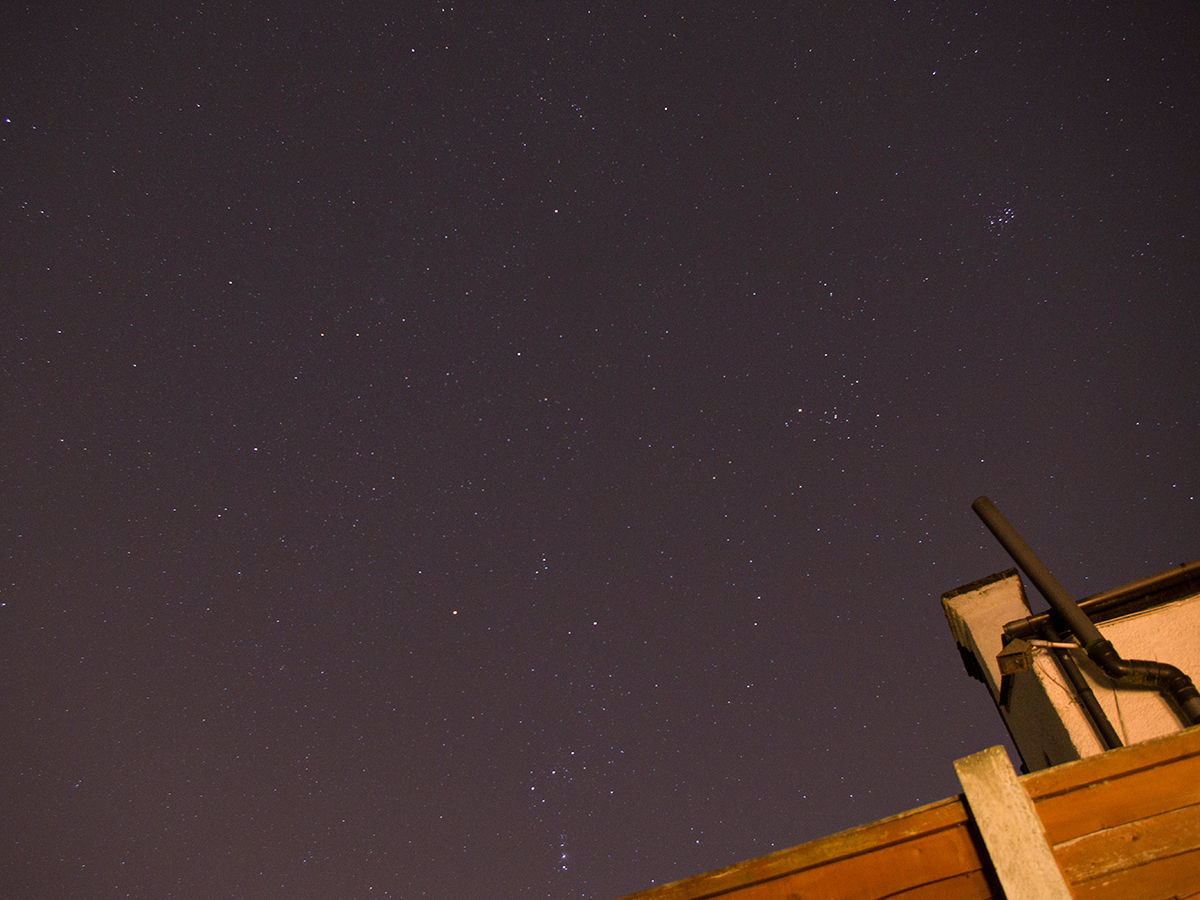
Pixel-Shift is also at the heart of the Astrotracer function, which lets you take long-exposure shots of the night sky without getting any star trails. In theory, it shifts the sensor about in time with the Earth’s rotation, using the in-built GPS to get it right.
